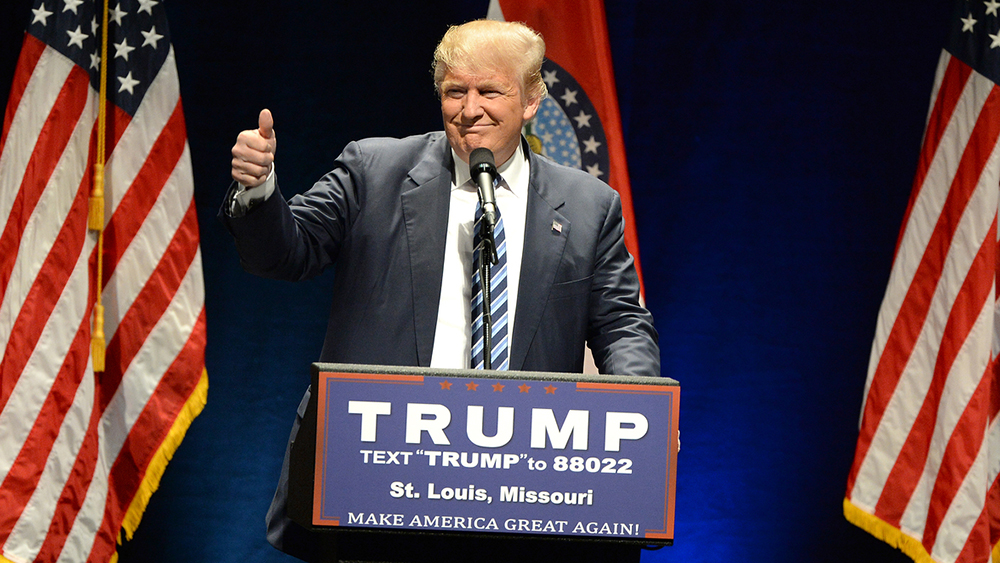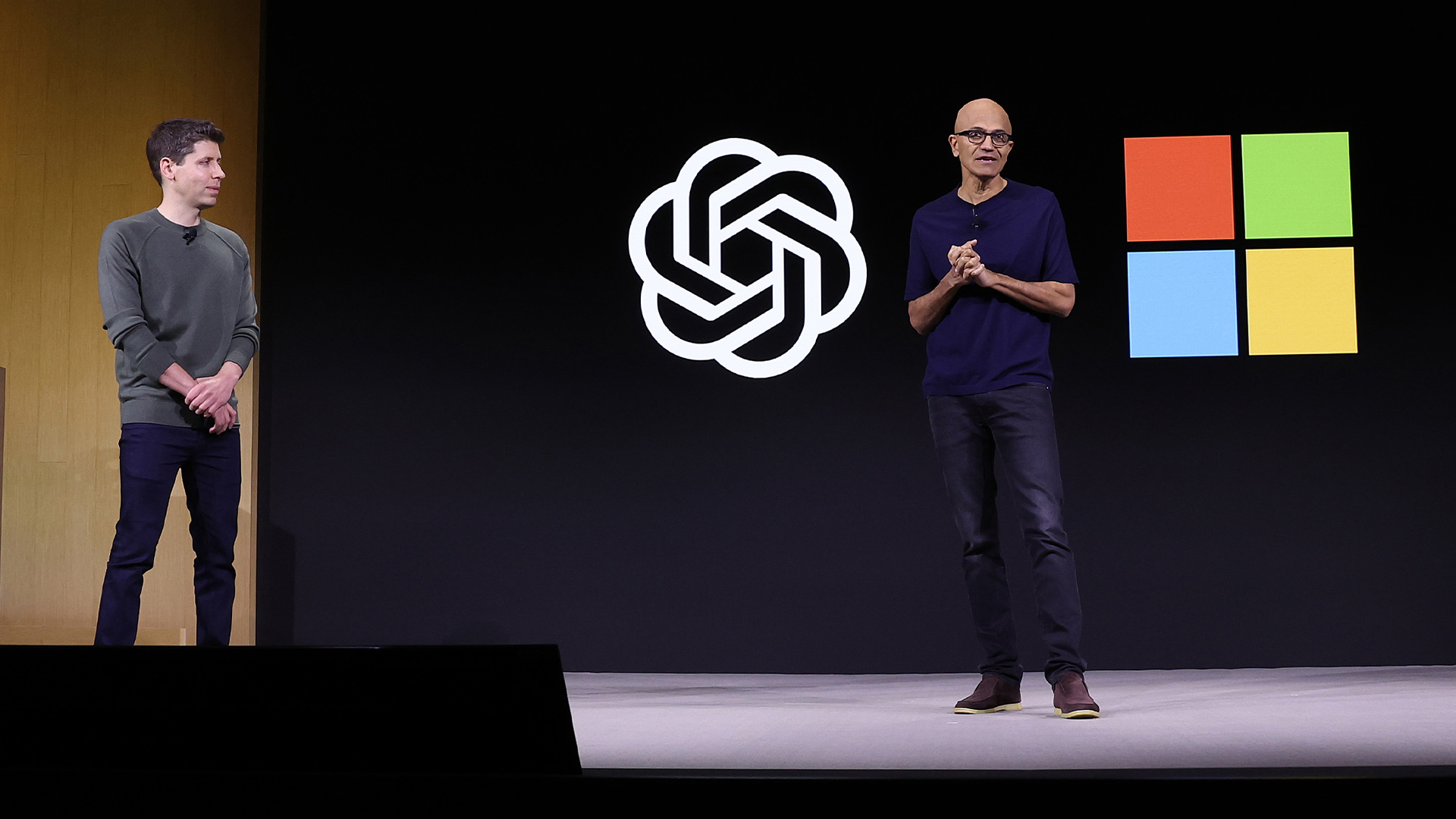Trump has his head in the clouds - and it’s great
The president’s plan for a teardown of the US’ IT is a step in the right direction


President Donald Trump (a phrase which still sounds strange and unsettling) signed a new executive order this week based on shoring up the federal government's notoriously shonky cyber security policy.
The most shocking thing about this order is that unlike many of Trump's other imperatives, it actually makes a fair bit of sense. In fact, it's possibly the most logical, progressive and generally beneficial policy he's ever suggested.
The order itself essentially describes a top-down overhaul of the government's IT infrastructure, including measures such as making agency chiefs directly responsible for cyber security, mandating that "maintenance, improvements, and modernisation" take place regularly and even moving government IT to the cloud.
That's just a handful of the key points – the whole report is packed full of eminently sensible policy directives that, if properly followed through on, could actually set the US up as a secure, efficient and even innovative example of how to run public sector IT.
The level of sophistication on display in this order is somewhat surprising, particularly for a man who appointed former mayor of New York and full-time mayor of crazytown Rudy Giuliani as one of his top cyber security advisors. Instead, it reads like it was put together by someone with a sharp and detailed knowledge of modern IT strategy – something that previously seemed somewhat lacking within government.
Another interesting point is this order could be the start of Trump's official collaboration with Silicon Valley. Responsibility for managing this colossal overhaul will fall to the newly-created American Technology Council and while its membership has yet to be announced, it's a fair bet that it'll feature a smattering of tech execs and valley bigwigs.
Boring CEO Elon Musk currently sits on an advisory panel to the president and has stated that while he may not agree with Trump on a lot of things, it's easier to try and influence events from an insider's position. Based on the turnout for Trump's meeting with tech leaders at the start of his term – which included Apple's Tim Cook, IBM's Ginny Rommety and Amazon's Jeff Bezos – there are a fair few tech leaders who would jump at the chance to help with a government-wide digital transformation initiative.
Sign up today and you will receive a free copy of our Future Focus 2025 report - the leading guidance on AI, cybersecurity and other IT challenges as per 700+ senior executives
Of course, the fact that this order has been issued isn't going to magically fix the US' IT problems overnight. For starters, it's very much general policy - there's no specifics as to whether or not the government will be going for public or private cloud, for example.
This project will also take years to plan, let alone roll out. It can take forever for a mid-size company to complete a full IT refresh, let alone the entire federal government of one of the world's largest countries. While these policies are all extremely positive, actually getting them enacted is going to be a nightmare of bureaucracy and red tape. It's likely to take at least a year before the government even agrees on a concrete strategy and at least two after that before it's finished.
Despite the inevitable quagmire of delays that these changes will get stuck in, however, the fact that they've been proposed at all is an excellent sign. It proves that there's at least one person within Trump's administration that appreciates not just the importance of having a solid IT infrastructure, but how to go about constructing and maintaining it the right way. It may never come to pass, but in principle if nothing else, Trump's IT plans are on the right track.
Adam Shepherd has been a technology journalist since 2015, covering everything from cloud storage and security, to smartphones and servers. Over the course of his career, he’s seen the spread of 5G, the growing ubiquity of wireless devices, and the start of the connected revolution. He’s also been to more trade shows and technology conferences than he cares to count.
Adam is an avid follower of the latest hardware innovations, and he is never happier than when tinkering with complex network configurations, or exploring a new Linux distro. He was also previously a co-host on the ITPro Podcast, where he was often found ranting about his love of strange gadgets, his disdain for Windows Mobile, and everything in between.
You can find Adam tweeting about enterprise technology (or more often bad jokes) @AdamShepherUK.
-
 Manufacturers report millions in losses as downtime wreaks havoc on operations
Manufacturers report millions in losses as downtime wreaks havoc on operationsNews UK manufacturers are losing up to £736 million every week due to downtime, according to new research, with outages lasting for several days on end.
-
 Microsoft gives OpenAI restructuring plans the green light
Microsoft gives OpenAI restructuring plans the green lightNews The deal removes fundraising constraints and modifies Microsoft's rights to use OpenAI models and products
